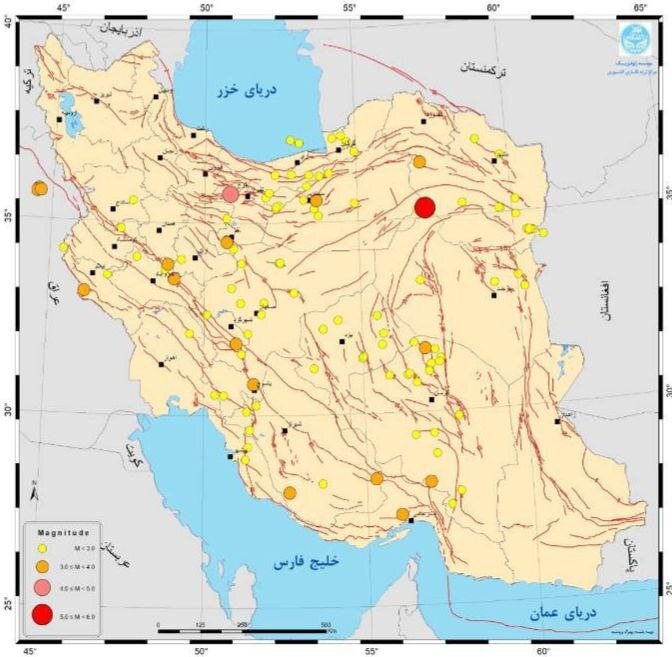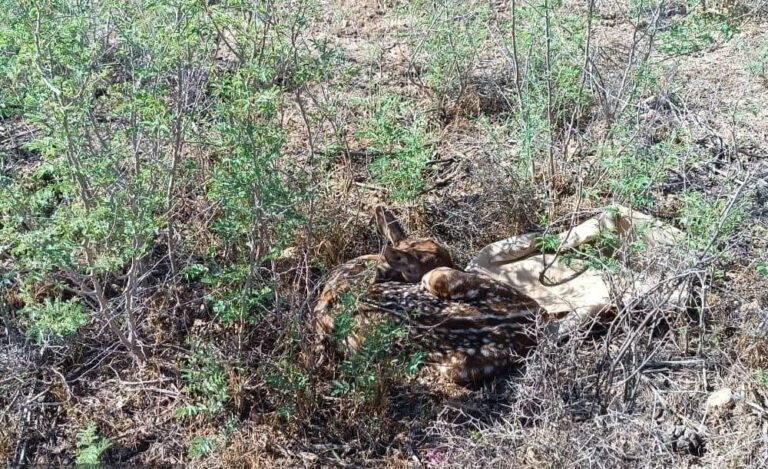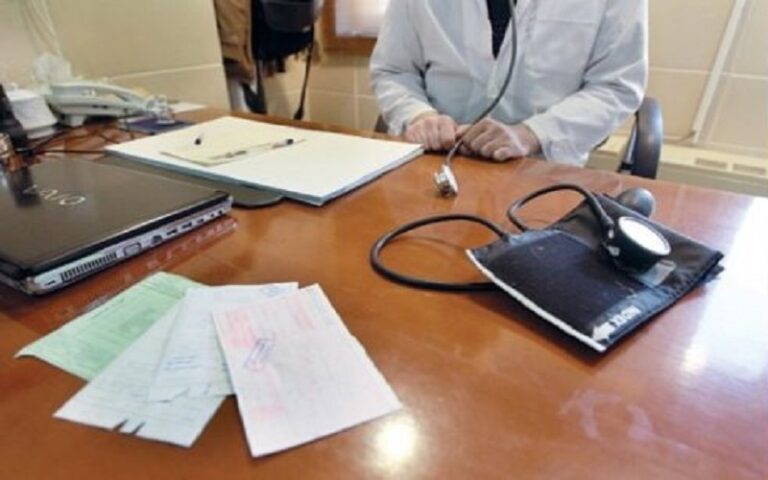
Similar Posts

WHO and Iran Join Forces to Plant Trees and Spotlight Urgent Need for Environmental Protection
The World Health Organization (WHO) is addressing Tehran’s hazardous air quality by planting trees to promote environmental sustainability. On March 11, the WHO Iran office planted four trees, highlighting their commitment to improving public health and combating pollution. Tehran’s geographical location exacerbates air quality issues, with alarming data revealing that fine particulate matter (PM2.5) levels met WHO guidelines on only 3.2% of days during 2023-2024. Trees play a crucial role in producing oxygen, absorbing pollutants, and enhancing urban biodiversity. The WHO’s initiative underscores the importance of greenery in creating healthier, more livable cities and encourages community involvement in environmental protection efforts.

UNODC Boosts Iran’s Drug Detection Capabilities with 4 New Advanced Trace Detector Devices
The UNODC has delivered four advanced drug trace detector devices to Iran’s Customs Organization and Anti-Narcotics Police, funded by the Japanese government, to aid in combating drug trafficking. The handover ceremony, held on February 5 in Tehran, highlighted Iran’s strategic partnership with the UNODC since 1991. Key representatives emphasized the need for enhanced detection tools due to rising methamphetamine production in Afghanistan and increased narcotics transit through Iran. In 2024, Iranian authorities seized significant quantities of narcotics, underscoring their crucial role in global drug control. The initiative aims to bolster Iran’s capabilities in this ongoing fight for global security.

Shocking Seismic Activity: Nearly 140 Earthquakes Rattle Iran in Just One Week!
Iran has experienced significant seismic activity, recording 138 earthquakes from May 3 to May 9, as reported by the University of Tehran’s seismological networks. This includes 114 minor quakes, 20 of moderate magnitude, and one notable 5-magnitude earthquake in Semnan province, which had the highest activity with 21 quakes. Other affected provinces included Kerman and Khorasan Razavi. Over the past year, Iran recorded 6,272 earthquakes, with 150 exceeding magnitude 4. Despite only 2% of global earthquakes occurring in Iran, the country accounts for over 6% of 20th-century earthquake-related casualties, highlighting the need for ongoing monitoring and preparedness.

Iran and Italy Forge Stronger Health Partnerships: A Boost for Global Healthcare Collaboration
Iranian Health Minister Mohammad-Reza Zafarqandi and Italian Health Minister Orazio Schillaci have begun discussions to enhance health sector cooperation, addressing challenges like aging populations and digital health. Their meeting occurred during the 78th World Health Assembly (WHA) in Geneva. Schillaci highlighted Italy’s focus on prevention and health promotion, while Zafarqandi showcased Iran’s healthcare capabilities, including its primary care system and family physician program. Both ministers recognized shared public health challenges and proposed creating a working group to share best practices. Zafarqandi also plans to engage with other countries and discuss various health topics at the WHA, emphasizing global collaboration.

Meet Karkheh’s First Adorable Yellow Deer of the Year!
A Persian yellow deer was born in Karkheh National Park, Khuzestan, marking the first birth of the current Iranian year and highlighting successful wildlife conservation efforts. The population of these endangered deer has risen from five in 2019 to 15 in 2024 due to the Department of Environment’s (DOE) effective breeding strategies. Once thought extinct, four yellow deer were rediscovered and reintroduced 50 years ago. However, habitat destruction, fragmentation, and human activities continue to threaten their survival. The DOE’s ongoing initiatives aim to protect this species and maintain biodiversity in Iran, underscoring the importance of conservation efforts.

Rising Exodus: Iranian Doctors Seek New Horizons Amid Alarming Emigration Trends
Iran’s healthcare crisis is exacerbated by economic and social challenges, prompting many medical professionals, especially GPs and specialists, to leave the field or emigrate. Mohammad Raiszadeh, head of Iran’s Medical System Organization, noted that around 30,000 GPs are inactive due to low pay, with earnings barely covering practice costs. Factors driving GPs away include insufficient income, labor market saturation, poor working conditions, and job insecurity. High emigration rates, with 4,500 medical staff leaving in the first eight months of 2024, threaten public health and care quality. Without reforms, the situation may worsen, jeopardizing healthcare in Iran.